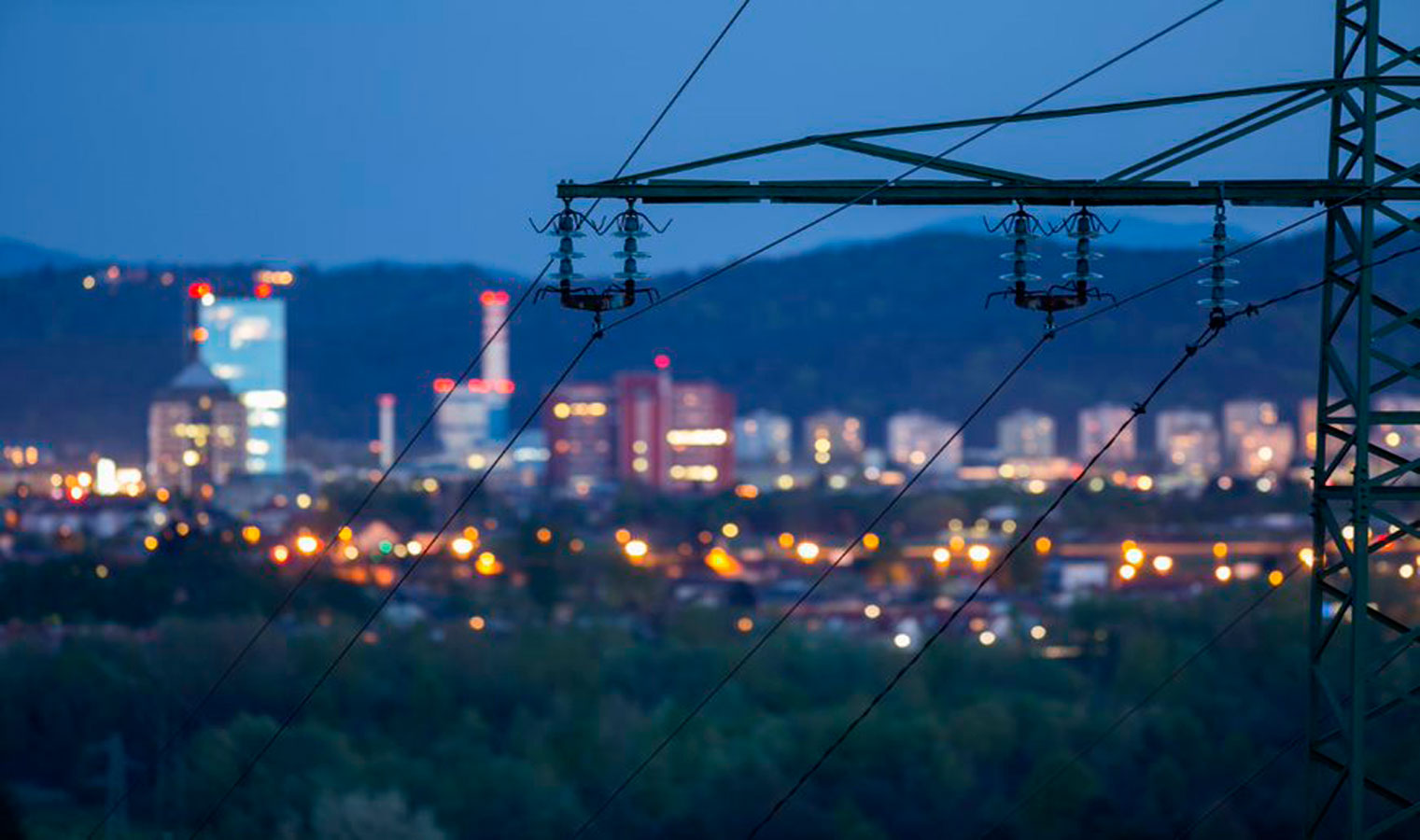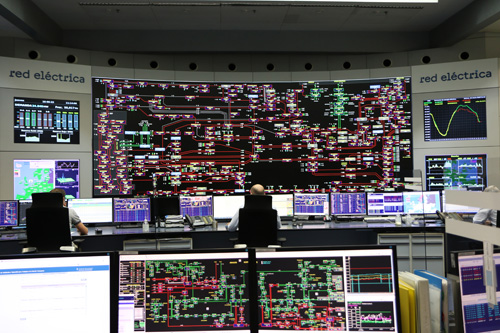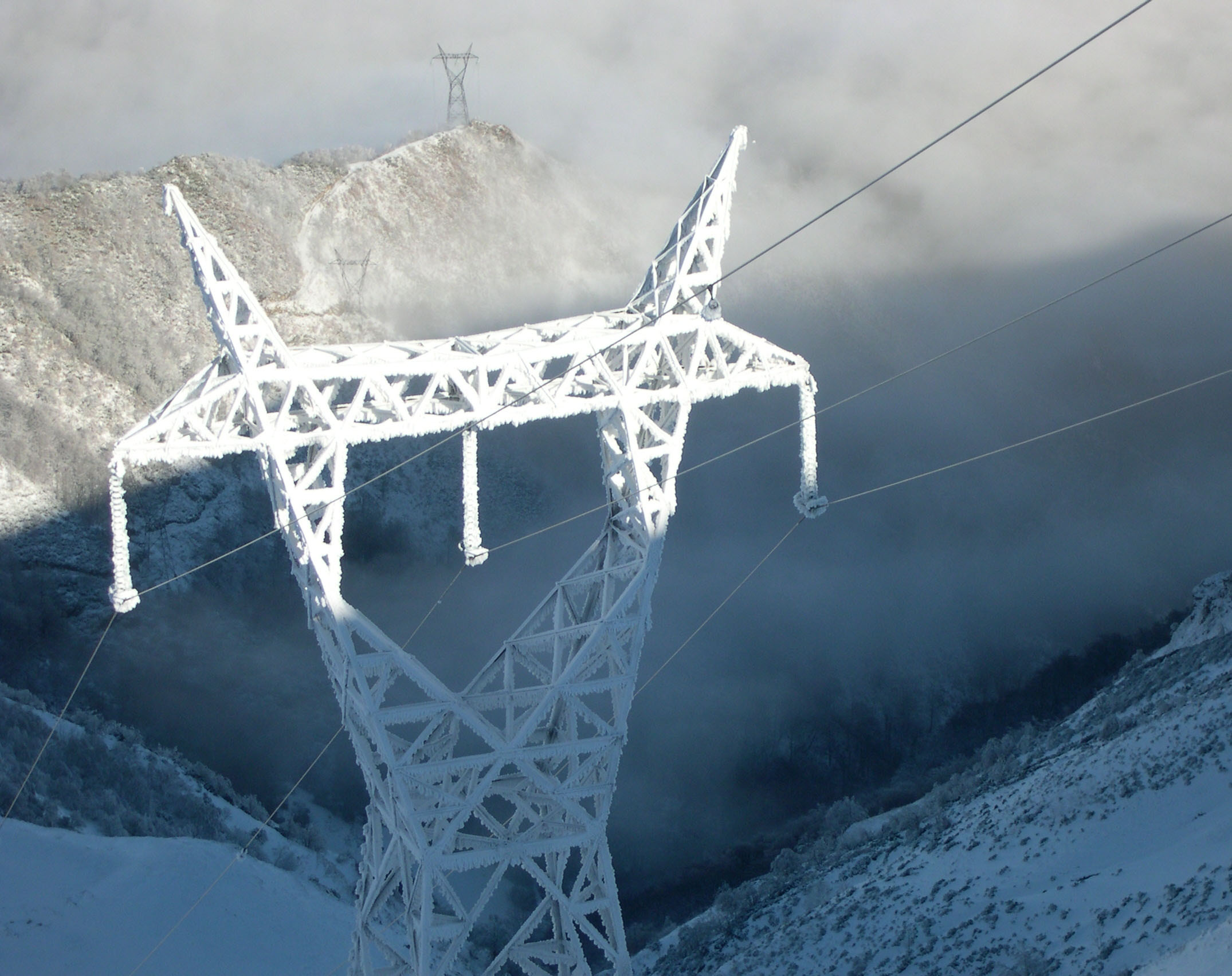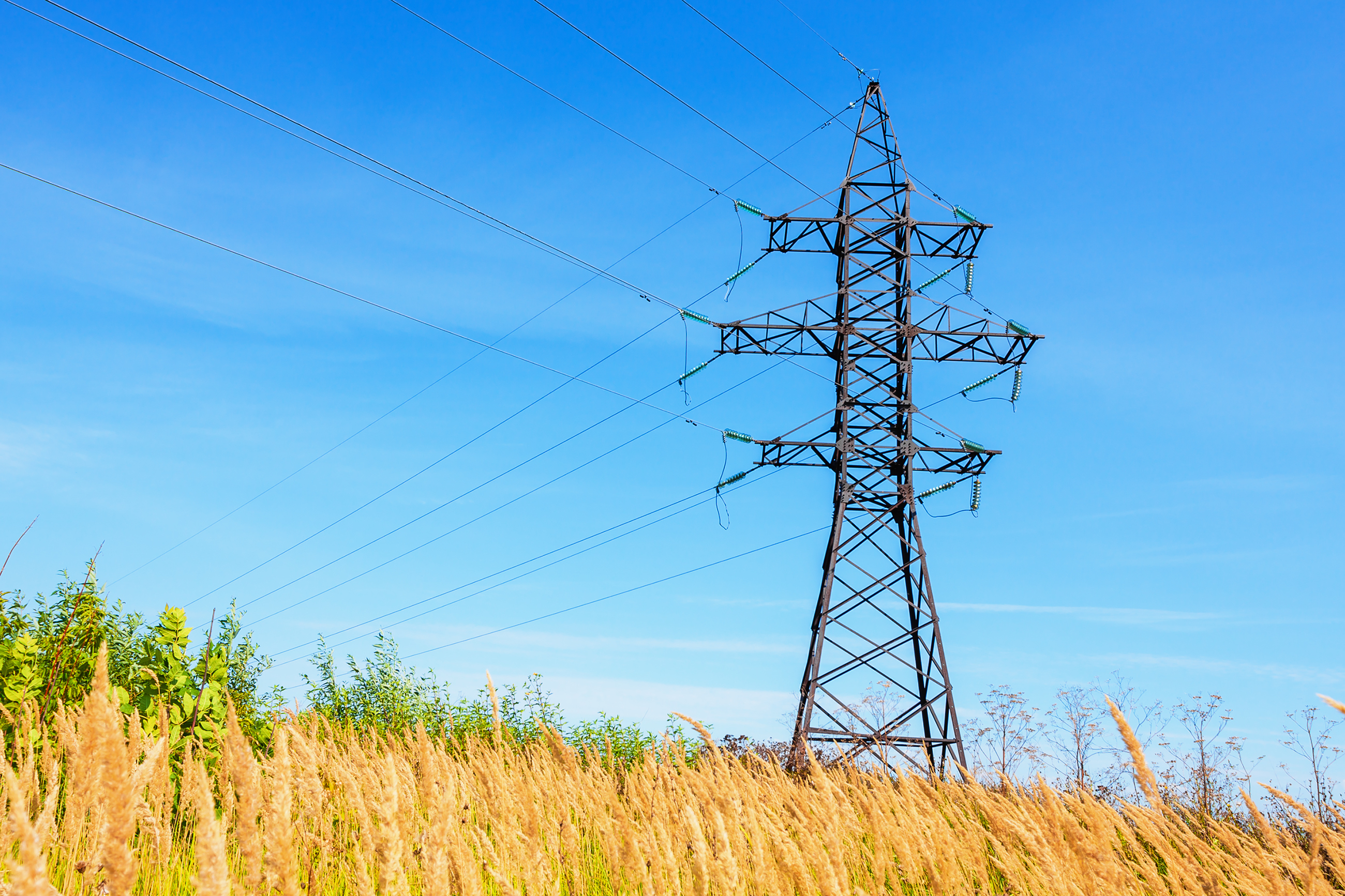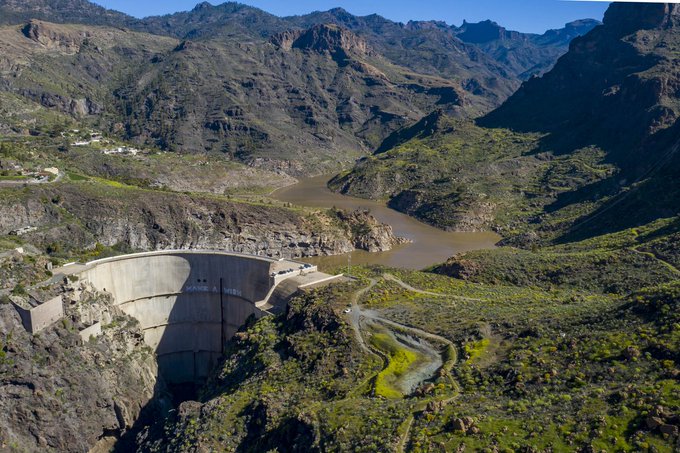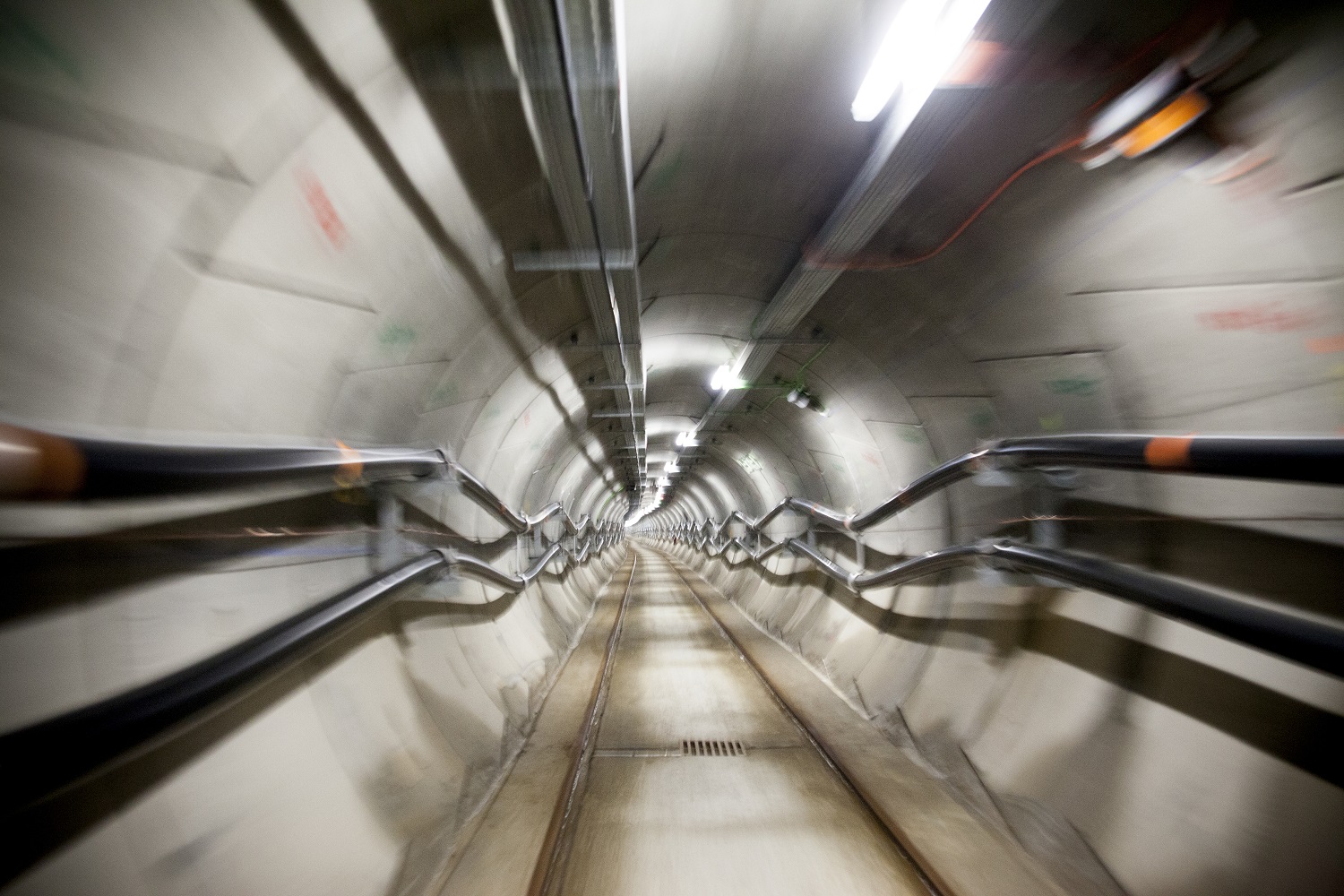For 40 years, we've been driving our country's economic and social progress. Four decades shaping Spain.
Red Eléctrica presents its report on the incident of 28 April and proposes recommendations
- Its conclusions show that one group incorrectly triggered generation, while another did not comply with the voltage control regulations of the P.O. 7.4
- As usual, the System Operator (SO) made the appropriate daily calculations for programming the technical restrictions, always assuming that all groups comply with the obligations imposed by the current regulations
- The SO makes 15 recommendations, especially the implementation of a dynamic voltage control service that covers all generation activities
Today, Red Eléctrica, as the system operator (SO), submitted its report detailing the analysis carried out in compliance with current regulations (P.O.9). The report explains the events that triggered the blackout in the peninsular electricity system on 28 April 2025. The analysis, which also includes the SO's recommendations after the incident, was drawn up with information extracted from the SO itself - the “black box” - and with data contributed so far by the subjects.
The main conclusion of this report is that, unlike other major incidents, this one was caused by a series of cumulative circumstances that far exceeded the N-1 safety criterion, leading to an overvoltage problem and triggering a cascading shutdown of generation.
The analysis focuses on what occurred after 12:00 PM that Monday, since, although various frequent operational events are reported before that time, the available data show that these were neither significant nor the cause of what happened subsequently. Based on this premise, the report, which can be consulted on the Red Eléctrica website, concludes that before 12:03 PM, the system was within acceptable voltage and frequency limits.
From that moment, the operator describes a sequence of several significant events that led to the system’s collapse: two “forced” oscillations triggered by potential internal anomalies in a generation plant and three missed generation events caused by defective trips. The analysis of all these events has enabled the operator to draw a series of conclusions, which have been grouped into various areas:
- System Voltage: It was observed that the disconnection of generation which triggered the incident was incorrect, as plants were outside the voltage range determined for these actions under current regulations (P.O. 1.1 and ORDEN TED/749/2020).
- Voltage control:
- The SO's analysis concluded that the generation currently subject to P.O. 7.4 (which requires dynamic voltage regulation) did not comply with the established obligations. So, on 28 April, it did not absorb the reactive power as required. It is essential to note that on 28 April, like any other day, the SO made the requisite calculations and the relevant decisions regarding the programming of technical restrictions, always assuming that all groups satisfied the technical provisions outlined in the regulations.
- Moreover, it is evident that the resources of the transmission grid available to the SO for voltage control, such as reactors and capacitors, operated correctly. However, as static elements, they are unsuitable instruments for offsetting the absence of dynamic control that certain groups must perform in accordance with the applicable regulations
- Frequency and inertia: The incident was not caused by an inertia problem; it is explained by the balancing of reactive power (voltage control), rather than active power (frequency control). However, on 28 April, the system’s inertia value was higher than the Entso-e recommendation. The reason for this was that the groups connected through technical restrictions were sufficient to meet demand, provide inertia, enable energy flow control, and offer resources for dynamic voltage control on the transmission grid.
- Regarding other measures to dampen oscillations, the report highlights those aimed at managing the interconnection with France, which is governed by a continually updated procedure agreed between Red Eléctrica and its French counterpart, RTE. One of the main measures in this protocol is switching the HVDC link between Santa Llogaia (Spain) and Baixas (France) to the “fixed power” mode, which has proven a highly effective action for damping oscillations over the years. The implementation of this measure did not result in the loss of European support. The interconnection was crucial in the recovery process, demonstrating once again that its reinforcement must continue to be a priority for the country and the European Union as a whole
- Transmission grid defence systems:
- The transmission grid defence systems were activated as planned; however, the report emphasises that this system is not capable of isolating an incident of this nature.
- On the other hand, the load shedding in the transmission grid was correctly activated, but the SO lacks sufficient information to assess those carried out within the distribution network.
Following these conclusions, the system operator makes 15 recommendations in the report, including the following:
Implementation of a service to ensure that all generation is supplied with dynamic voltage control and that requires service providers to fulfil their obligations.
Mechanisms to reduce sudden large changes in energy flows.
Provision of greater capacities and resources to enable the system to control voltage continuously and dynamically.
A review of the overvoltage protection settings in generation evacuation networks to prevent future incorrect disconnections.
Improving the visibility of the electrical system for the SO.
Descargas


